In an era where the distance between farm and table has grown, many families are rediscovering the timeless art of greenhouse gardening as a means of securing a steady and sustainable food source. A greenhouse not only extends the growing season but also provides an ideal environment for cultivating fresh, organic produce right at home. This comprehensive guide will walk you through the steps of harnessing the power of a greenhouse to feed your family, from choosing the right structure to maximizing your harvest year-round.
Selecting the Ideal Greenhouse
The first step in using a greenhouse to feed your family is choosing the right structure. Consider the available space, your family’s dietary needs, and local weather conditions. Freestanding greenhouses, lean-tos, and attached structures all offer unique advantages. Opt for a size that strikes a balance between available space and your family’s consumption requirements. The goal is to create an environment that supports year-round cultivation and caters to the specific needs of your family.
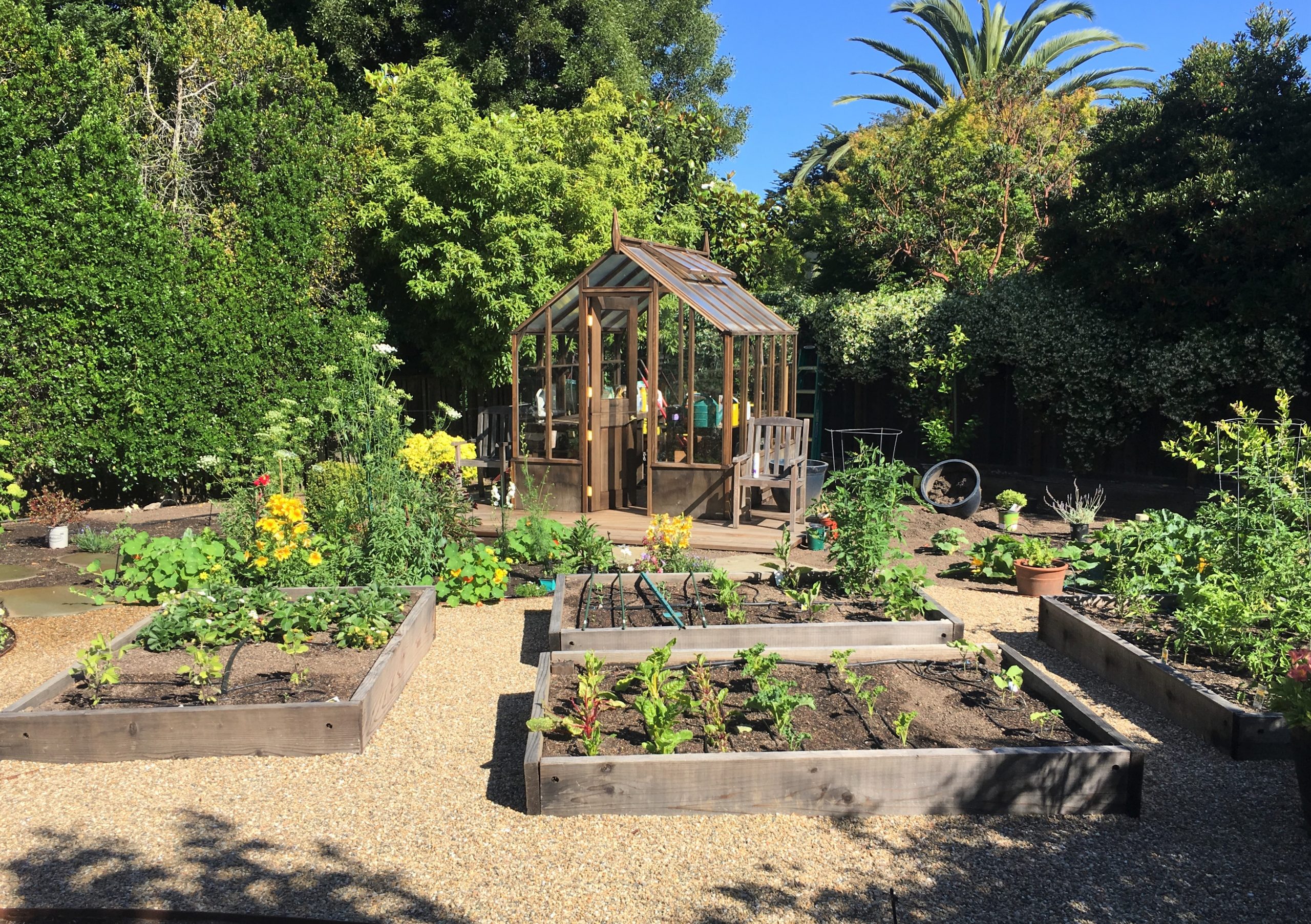
Designing a Productive Layout
Once your greenhouse is in place, strategically plan the layout for optimal productivity. Consider factors such as sunlight exposure, air circulation, and accessibility. Group plants with similar water and sunlight needs together, and leave ample space for pathways to facilitate easy maintenance and harvesting. A well-organized layout ensures efficient use of space and resources, ultimately contributing to a thriving greenhouse garden.
Climate Control for Year-Round Harvests
A greenhouse offers the unique advantage of extending the growing season, allowing you to harvest fresh produce even in the midst of winter. However, achieving this requires careful climate control. Make sure the greenhouse is equipped with roof vents. Install ventilation systems, such as louvers or exhaust fans, to regulate temperature and humidity. During colder months, consider using heating systems like electric and gas heaters to maintain a conducive environment for plant growth. A well-regulated climate is the key to unlocking the full potential of your greenhouse.
Choosing the Right Crops for Your Family’s Needs
The success of your greenhouse garden hinges on the crops you choose to cultivate. Select a diverse array of vegetables, herbs, and fruits that align with your family’s preferences and dietary requirements. Popular greenhouse crops include tomatoes, peppers, herbs like basil and cilantro, and berries such as strawberries. Tailor your choices to your family’s taste, ensuring a varied and nutritionally rich harvest.
Sustainable Practices for Greenhouse Gardening
Building a sustainable greenhouse garden involves adopting eco-friendly practices. Use organic soil and fertilizers to promote soil health without introducing harmful chemicals. Test soil annually to ensure proper nutrient levels, pH balance, and overall soil health for your plants. Implement composting to recycle kitchen waste and enhance soil fertility naturally. Embrace integrated pest management techniques, such as releasing beneficial insects, to control pests without resorting to chemical interventions. To save money, rather than buying plants from a nursery, purchase seeds from a local seed company and save seeds from mature plants for future planting. By incorporating sustainable practices, you not only provide your family with wholesome produce but also contribute to the overall health of the environment.
Watering Strategies for Efficiency
Efficient watering is a crucial aspect of greenhouse gardening. Install a drip irrigation system or soaker hoses to deliver water directly to the roots, minimizing water wastage. Collect rainwater whenever possible, and consider implementing a greywater system to recycle household water for irrigation. Monitoring soil moisture levels and adjusting watering schedules based on the needs of different crops ensures optimal growth and resource conservation.
Crop Rotation and Succession Planting
To maintain a continuous harvest and prevent soil depletion, implement a crop rotation and succession planting strategy. Different crops have varying nutrient requirements, and rotating them helps maintain soil fertility. Succession planting involves planting new crops as soon as one harvest is finished, ensuring a steady supply of fresh produce throughout the growing season. These practices optimize space and resources within your greenhouse.
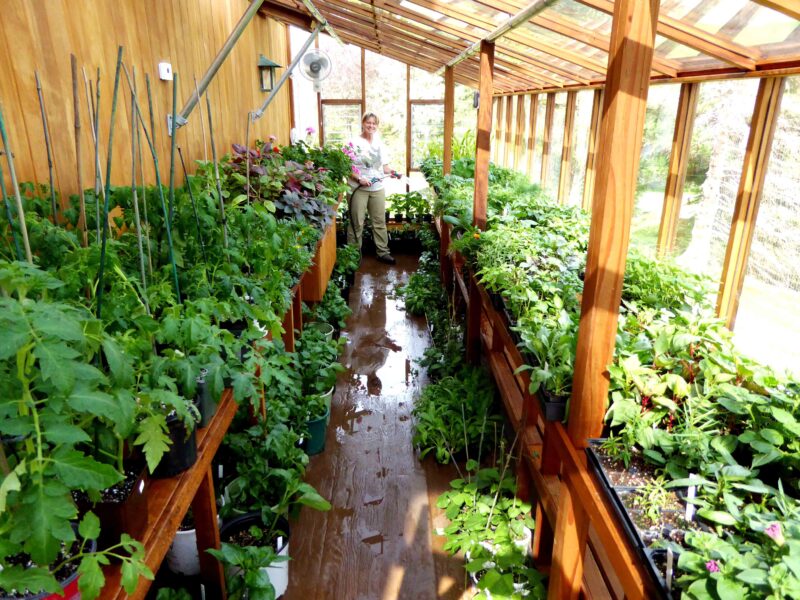
Involving the Family in the Growing Process
Transform your greenhouse into a family project by involving everyone in the growing process. Children, in particular, can benefit from learning about plant life cycles, sustainable practices, and the importance of fresh, homegrown produce. Make gardening a shared experience, from planting seeds to harvesting the fruits of your labor. Engaging the family in the greenhouse journey not only strengthens bonds but also imparts valuable lessons about self-sufficiency and environmental stewardship.
Vertical Gardening for Space Efficiency
Maximize your greenhouse space by incorporating vertical gardening techniques. Utilize trellises, hanging planters, and vertical structures to grow crops upward, making the most of available vertical space. Aeroponic garden towers optimize space, conserve water, and yield nutrient-dense crops, offering an efficient and sustainable solution for gardening. Vining plants like cucumbers, beans, and tomatoes thrive in vertical environments, enhancing both the aesthetics and efficiency of your greenhouse. Experimenting with vertical gardening expands your growing capacity and adds a dynamic dimension to your greenhouse layout.
Quick Yields with Microgreens
In addition to traditional crops, consider incorporating microgreens into your greenhouse garden for quick and nutrient-rich yields. Microgreens are young, tender plants harvested at an early stage, offering intense flavors and concentrated nutrients. They are easy to grow and quick to harvest, providing a speedy and continuous source of fresh greens for your family. Include microgreens in salads, sandwiches, and various dishes for a culinary delight.
Harvesting and Storing Your Greenhouse Bounty
As your greenhouse garden flourishes, the joy of harvesting and enjoying the fruits of your labor becomes a rewarding experience. Harvest crops at their peak ripeness for the best flavor and nutritional content. Implement proper storage practices to extend the shelf life of your produce. Consider preserving methods such as canning, freezing, or drying to ensure a steady supply of homegrown goodness even during periods of lower productivity.
Community Engagement and Sharing the Harvest
Extend the benefits of your greenhouse beyond your family by engaging with the community. Share surplus produce with neighbors, friends, or local food banks, fostering a sense of community and sustainability. Consider organizing workshops or sharing your greenhouse experiences on social media to inspire others to embark on their own journey toward self-sufficiency. By actively participating in community initiatives, you contribute to a more sustainable and interconnected food system.
Monitoring and Adapting to Environmental Changes
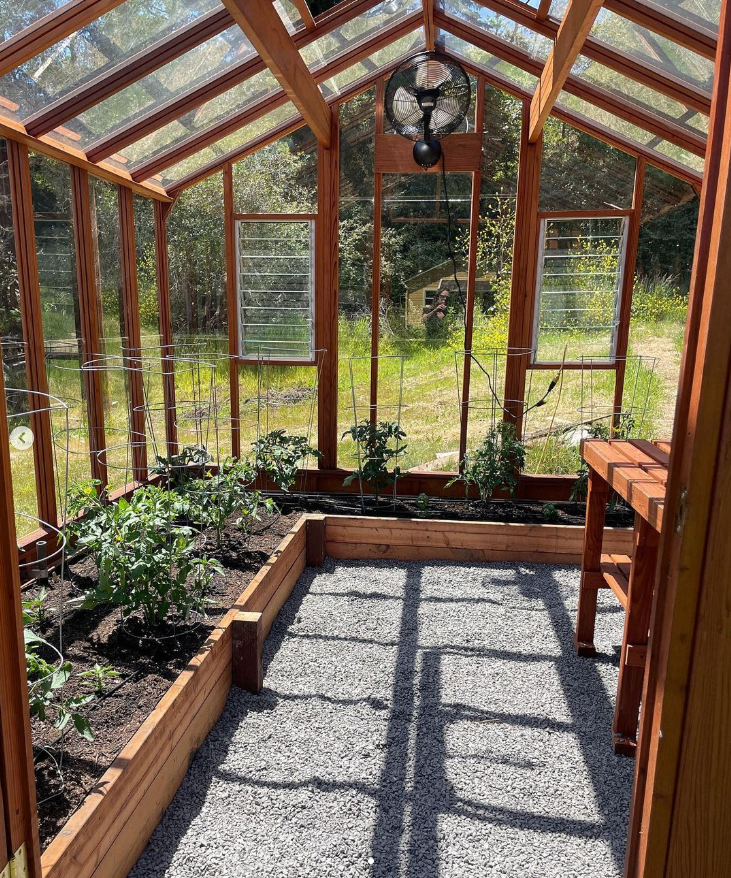
Continuous monitoring and adaptation are crucial elements of successful greenhouse gardening. Stay attentive to changes in temperature, humidity, and light conditions. Implement shading during excessively hot periods and use insulation or additional heating methods in colder seasons. By staying proactive and adapting to environmental variations, you ensure a stable and conducive environment for year-round plant growth.
Conclusion: Nurturing Sustainability, One Harvest at a Time
In conclusion, using a greenhouse to feed your family is not just about growing crops; it’s about cultivating a sustainable and self-sufficient lifestyle. From the careful selection of a greenhouse structure to the strategic planning of crops and incorporating sustainable practices, each step contributes to a holistic and rewarding experience. By embracing the potential of a greenhouse, you’re not only providing your family with nourishing food but also sowing the seeds for a more sustainable future. May your greenhouse journey be filled with abundance, joy, and the satisfaction of nurturing your loved ones with homegrown goodness.





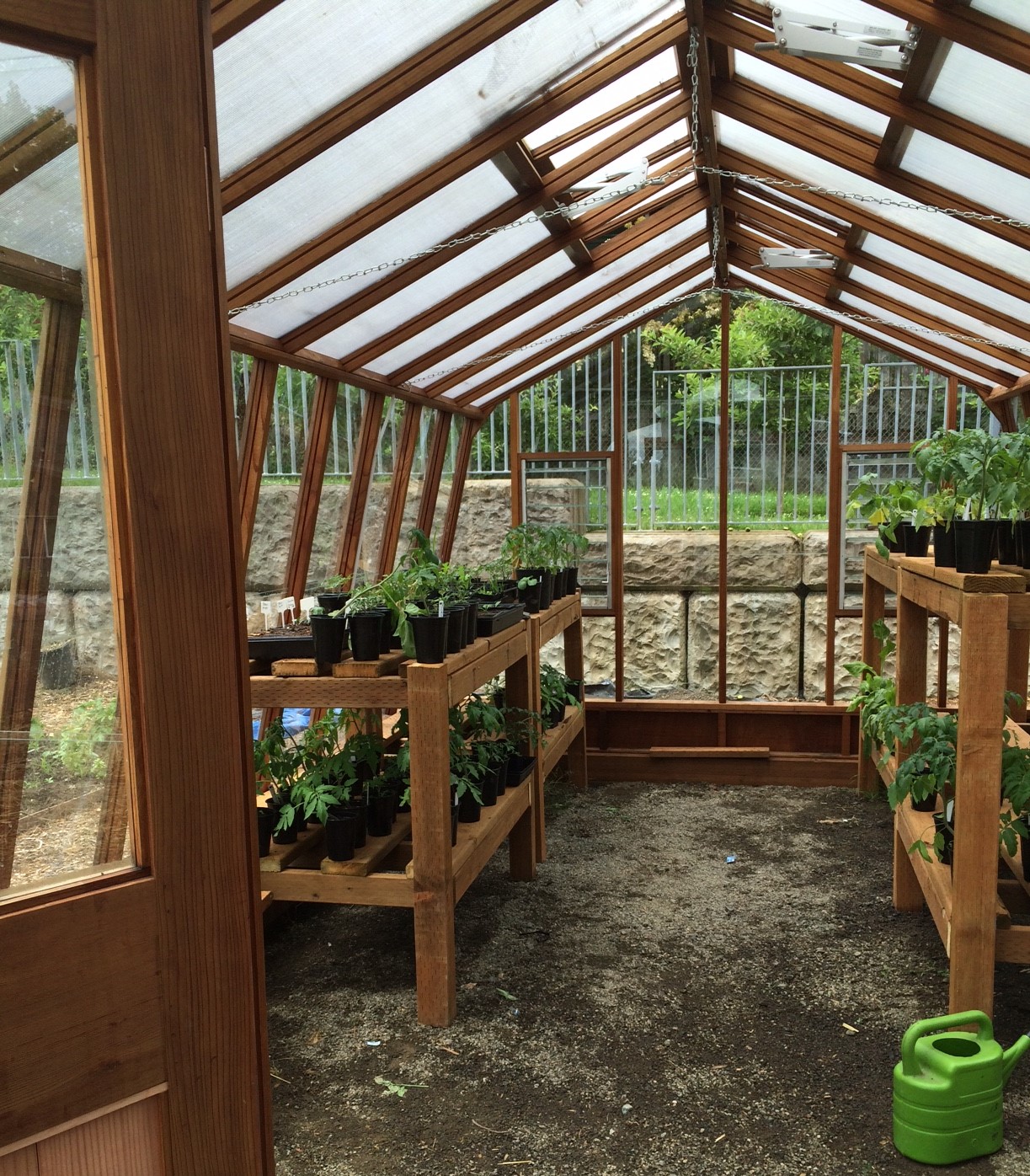

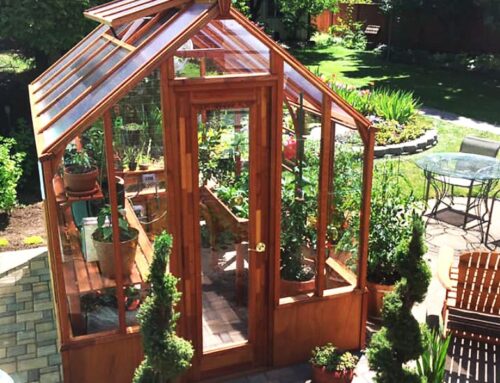

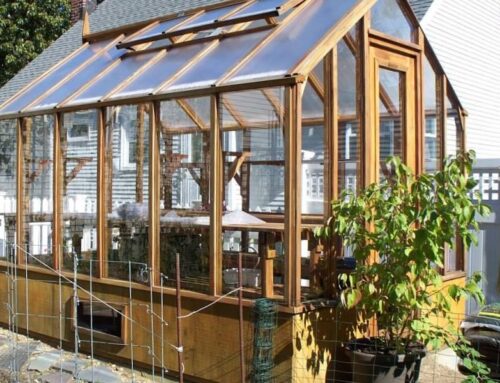
Leave A Comment